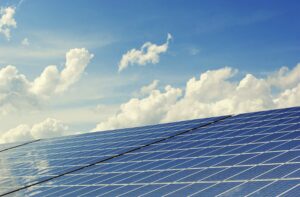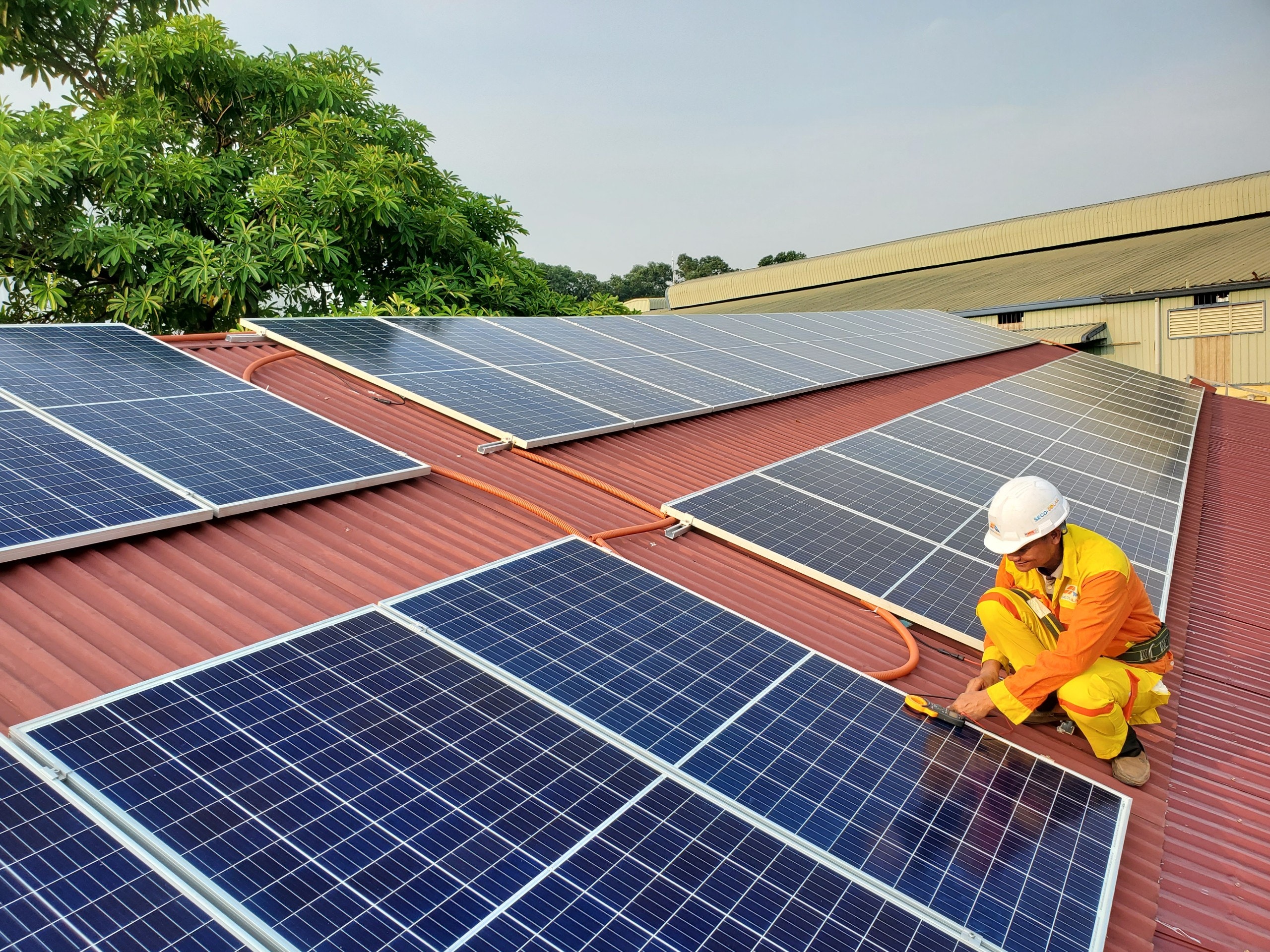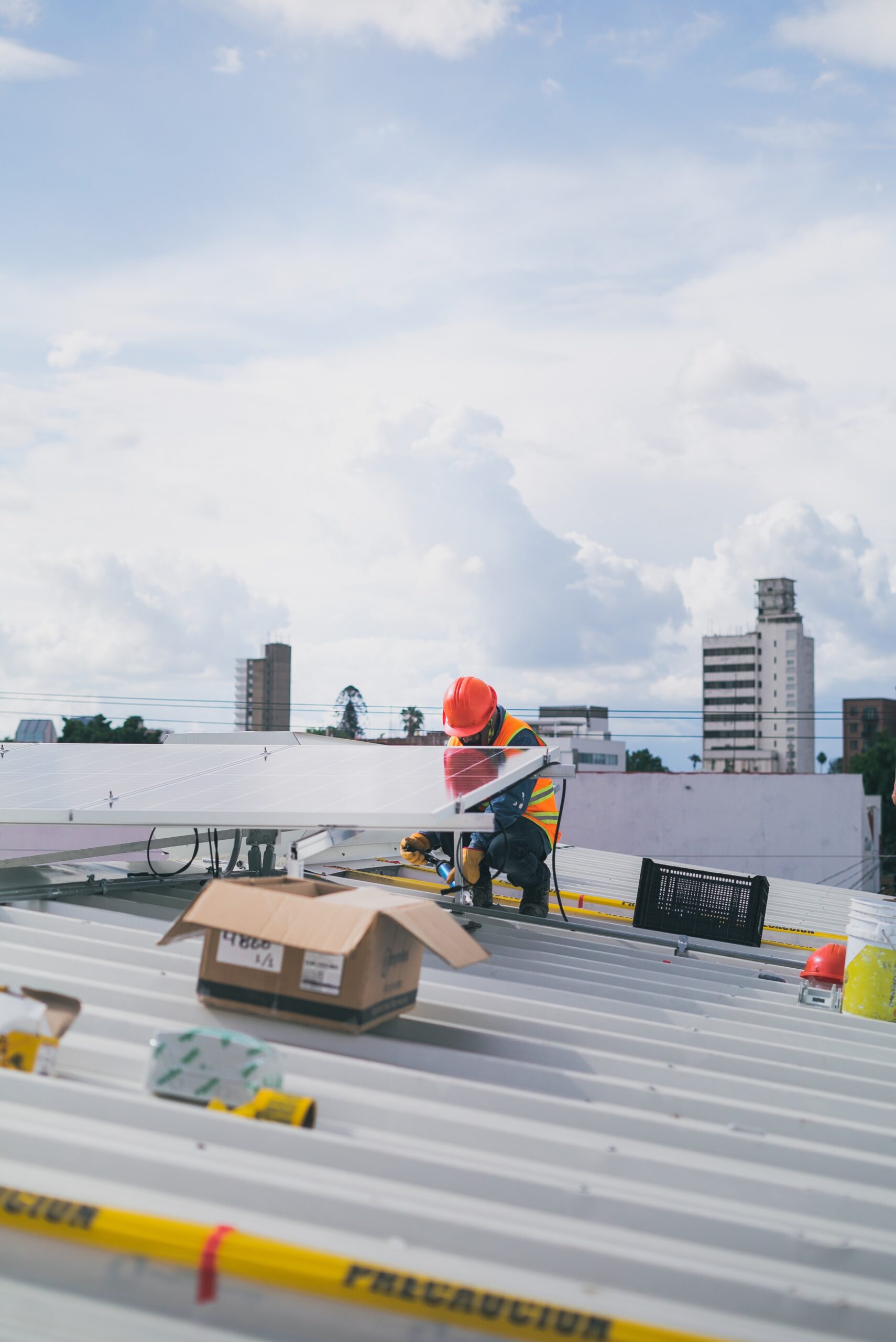Exploring the Viability of Solar Panels on Metal Buildings

Solar energy has become all the rage as a clean and renewable power source. It’s no wonder people are curious about using solar panels on a metal building. Are they a good match? Can we make the most of the sun’s energy while harnessing the strength and durability of metal structures? In this article, we’ll dive into this topic and shed light on whether solar panels can effectively be used on metal buildings.
Metal buildings are known for their sturdiness and versatility, making them popular in industries like agriculture, manufacturing, and commercial sectors. If we could install solar panels on these structures, it could mean energy self-sufficiency and a reduced dependence on traditional power sources. But before we get too excited, let’s consider some important factors. The type of metal used, coatings, the building’s design, and even its orientation play a significant role in determining whether solar panels are a feasible option. By exploring these considerations and discussing potential challenges, we’ll get a clearer picture of whether solar panels can truly be integrated into metal building projects. Join us as we uncover the potential of combining sustainability and strength for a greener future.
Understanding the Compatibility of Solar Panels with Metal Structures
When it comes to using solar panels on metal buildings, it’s important to consider the compatibility between the two. Here are some key points to keep in mind:
- Type of Metal: Different metals have varying levels of compatibility with solar panels. Factors such as corrosion resistance and thermal expansion properties should be considered. Common construction metals like aluminum and steel are generally suitable for supporting solar panel systems.
-
Structural Design: The structural integrity of the metal building is crucial. Evaluate the strength and load-bearing capacity of the structure to ensure it can handle the weight and stress imposed by solar panels.
-
Roof Orientation and Slope: The orientation and slope of the metal roof or surface play a significant role in maximizing solar energy generation. Ideally, the roof should be positioned to receive ample sunlight throughout the day, avoiding shading obstacles that can reduce the panel’s efficiency.
Understanding these compatibility factors will help determine the feasibility and effectiveness of installing solar power systems on metal buildings. By considering the type of metal, structural design, and roof orientation, we can ensure a successful integration of solar panels with metal structures, harnessing renewable energy while capitalizing on the strength and durability of metal buildings.

Benefits and Challenges of Installing Solar Panels on Metal Buildings
Installing solar panels on metal buildings can offer several benefits, but it’s essential to be aware of the challenges that may arise. Let’s explore both sides of the equation:
Benefits:
- Energy Savings: Solar panels harness the power of the sun to generate clean, renewable energy. By installing them on metal buildings, you can significantly reduce or even eliminate your reliance on grid electricity, resulting in long-term energy cost savings.
- Sustainability and Environmental Impact: Utilizing solar energy helps reduce greenhouse gas emissions and dependence on fossil fuels. By embracing solar panels on metal structures, you contribute to a greener future and reduce your carbon footprint.
- Durability and Longevity: Metal buildings are known for their durability and longevity. When properly installed, solar panels can integrate seamlessly with metal roofs or walls, leveraging the sturdy structure of the building and providing a long-lasting energy solution.
Challenges:
- Structural Considerations: Metal buildings may have unique structural features that require careful assessment to ensure the safe installation of solar panels. Additional reinforcements or modifications might be necessary to support the weight and wind loads associated with the panels.
- Roof Penetrations and Water Tightness: Proper installation techniques are crucial to maintaining the water tightness of the metal roof when mounting solar panels. Sealants and flashing must be used to prevent leaks and potential damage to the building’s interior.
- Maintenance and Accessibility: Regular maintenance of solar panels, such as cleaning and inspection, is essential for optimal performance. Consideration should be given to the accessibility of panels on metal roofs and the associated maintenance requirements.
By understanding the benefits and challenges of installing solar panels on metal buildings, you can make informed decisions and overcome potential obstacles to maximize the advantages of this sustainable energy solution.
Key Considerations for Successful Solar Panel Installation on Metal Structures
When planning to install solar panels on metal buildings, there are several important considerations to ensure a successful installation. Here are some key factors to keep in mind:
Structural Assessment: Before proceeding with the installation, it’s crucial to conduct a thorough structural assessment of the metal building. Engage the services of a qualified structural engineer who can evaluate the load-bearing capacity and structural integrity of the building. This assessment will help determine if any modifications or reinforcements are necessary to support the weight and additional loads imposed by the solar panel system.
Mounting Options: Consider the various mounting options available for solar panels on metal buildings. Common options include roof-mounted systems, ground-mounted systems, or even building-integrated photovoltaics (BIPV). Each option has its advantages and challenges, so it’s important to select the most suitable mounting solution based on factors such as building design, available space, and accessibility for maintenance.

Electrical Integration: Plan for the electrical integration of the solar panel system into the building’s existing electrical infrastructure. Consult with a licensed electrician to ensure proper wiring, grounding, and compliance with electrical codes and regulations. Additionally, consider the placement and location of inverters and electrical panels for efficient and safe operation of the system.
By carefully considering the structural assessment, mounting options, and electrical integration, you can estimate your potential for solar panel installation on you metal building. Working with experienced professionals throughout the process will help navigate any challenges and ensure a safe and efficient solar power system for your metal structure.
In conclusion, the compatibility of solar panels with metal buildings offers a potential opportunity to harness clean and renewable energy while benefiting from the strength and durability of metal buildings. By considering factors such as the type of metal, coatings, structural design, and roof orientation, you can determine the feasibility and effectiveness of installing solar panels on your metal building. With careful planning, professional guidance, and a commitment to clean energy, you might be able to power your metal building with the sun’s energy and contribute to a brighter and more environmentally-friendly tomorrow.
